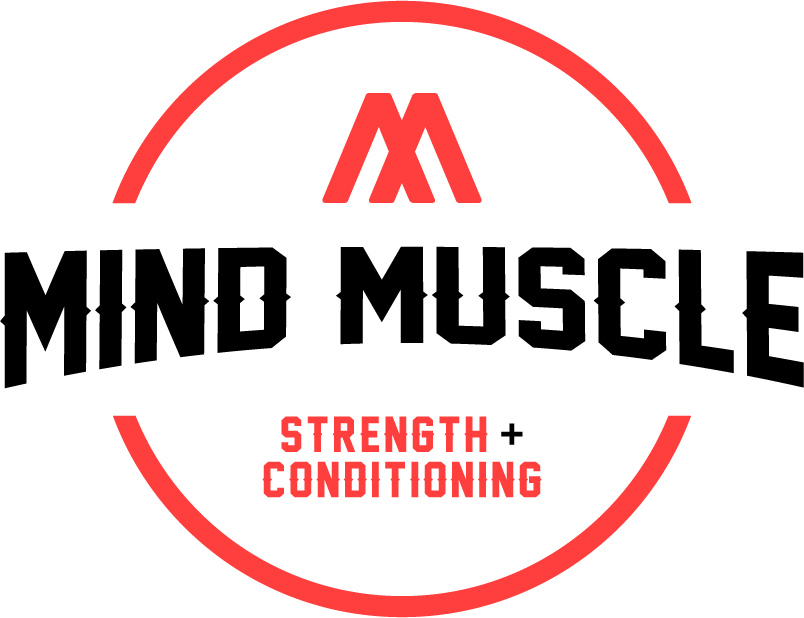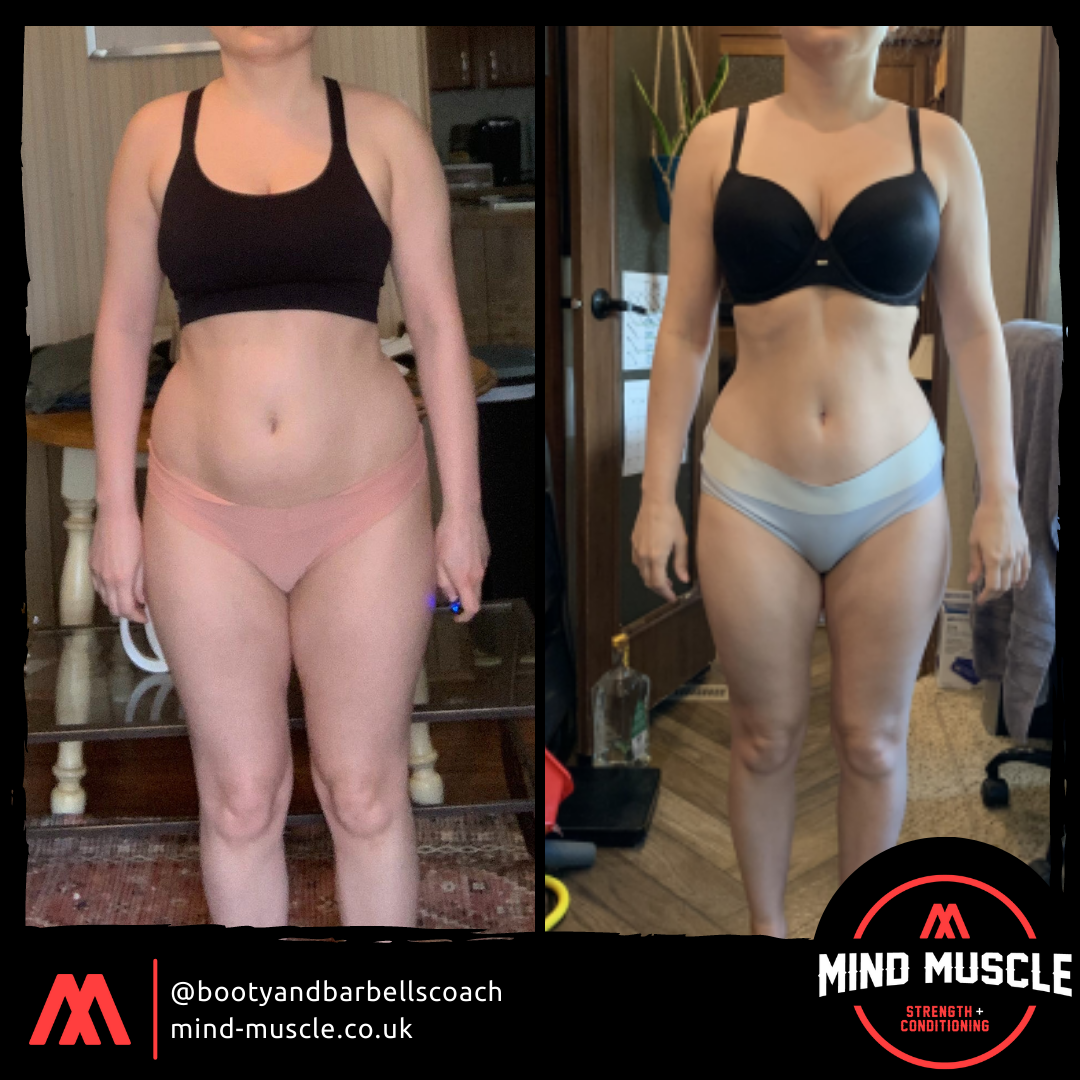How Long Does It Take to Grow Glutes?
The Truth, the Science, and the Game Plan
If you're busting your ass in the gym trying to build your glutes, you're probably asking: "When am I going to see results?"
The short answer: 8–12 weeks for visible changes—if you're doing everything right.
The long answer?
It depends on a mix of your training, diet, recovery, and yes, your genetics.
Let’s break this down, no BS.
The Science: How Muscles Actually Grow
Muscles grow through hypertrophy, which increases muscle fibres' size after being stressed through resistance training. This happens in three main stages:
Mechanical Tension – Heavy, controlled lifting that puts muscles under stress.
Muscle Damage – Microtears from challenging exercise (especially eccentric loading).
Metabolic Stress – That burn you feel during higher-rep, high-volume work.
For hypertrophy to happen, you need:
Progressive overload (gradually increasing weight, reps, or volume)
Adequate recovery time
Schoenfeld et al. (2010) found that hypertrophy is maximised when training volume and progressive overload are applied over time, with adequate protein intake and rest.
How Genetics Influence Glute Gains
Let’s be real.
Some people win the genetic lottery.
They’ve got:
A higher percentage of fast-twitch muscle fibres, which grow larger.
Favourable hormonal profiles (like higher IGF-1 and estrogen aid recovery).
The pelvic and femur structure that accentuates the glute shape.
But genetics isn’t destiny.
They’re your starting point.
If you train smart and eat right, you can overcome average genetics.
Pro tip: If you struggle with glute activation or growth, you may need to spend more time on mind-muscle connection drills and unilateral work to correct imbalances.
Glute Training: What Actually Works
The glutes respond well to a mix of compound lifts (big movements) and isolation work (targeted stuff). Research backs up training them 3–5 times per week, with a mix of intensities and rep ranges.
Key Glute Exercises & Their Purpose
Barbell Hip Thrusts: Isolation, highest glute activation, especially at peak contraction.
Romanian Deadlifts (RDLs): Compound, Eccentric loading, hits glute-ham tie-in.
Squats (Back or Front): Compound, overall lower body strength, indirect glute work.
Walking Lunges: Compound/Unilateral, Stability, glute-med activation.
Step-Ups (Heavy): Unilateral, Glute power, real-world carryover.
Cable Kickbacks: Isolation, Controlled tension, perfect for high reps.
Glute Bridges (Banded or Weighted)Activation/EnduranceBurnout or warm-up movement.
Sample Weekly Glute-Focused Split
Day 1 – Heavy Glutes & Hamstrings
Barbell Hip Thrusts – 4x8
RDLs – 4x10
Walking Lunges – 3x12 each leg
Glute Bridges (Banded) – 3x20 (burnout set)
Day 2 – Glute Pump & Volume
Cable Kickbacks – 3x15
Bulgarian Split Squats – 3x10
Step-Ups – 3x12
Sled Push (if available) – 4 rounds
Day 3 – Power & Plyos
Box Jumps – 3x5
Kettlebell Swings – 4x15
Hip Thrusts (lighter, explosive) – 3x12
Single-Leg Glute Bridges – 3x12 each leg
Progression Strategy
Add weight or reps weekly.
Track your lifts—especially your hip thrust and RDL numbers.
Use RIR (reps in reserve) to push close to failure, especially in isolation moves.
Nutrition for Glute Growth: Fueling the Gains
You won’t grow shit if you’re under-eating.
Period.
Calorie Surplus
Aim for a 10–15% surplus over maintenance calories to support muscle growth without piling on fat.
Macronutrient Breakdown
Protein: Muscle repair, 0.8–1g per lb of bodyweight (e.g. 130–160g for a 160lb person)
Carbs: Training fuel & recovery, 2–2.5g per lb minimum.
Fats: Hormone health, 0.3–0.4g per lb minimum.
Example Daily Meal Plan for a 150lb woman (bulking phase):
Meal 1: Eggs, oats, fruit – 30g protein, 50g carbs, 20g fat
Meal 2 (pre-workout): Rice + Chicken + Veg – 35g protein, 60g carbs
Meal 3 (post-workout): Whey + Banana + Peanut Butter – 30g protein, 40g carbs, 10g fat
Meal 4: Ground beef, potatoes, avocado – 35g protein, 50g carbs, 20g fat
Snack: Greek yoghurt + berries – 20g protein, 15g carbs
I go into much more detail on glute building nutrition in this article, check it out when you are done.
I’ve got a brilliant and handy CALORIE CALCULATOR on my website that will give you custom calorie targets, advice on macro splits and advice on either building muscle or burning fat.
Make sure you check it out.
Recovery: The Forgotten Key to Growth
You don’t grow in the gym—you grow between sessions.
Non-Negotiables:
Sleep: 7–9 hours minimum. Sleep deprivation crushes recovery and muscle protein synthesis.
Rest Days: Take 1–2 per week. Use them for active recovery (walking, mobility, etc.).
Mobility & Stretching: 10–15 minutes daily. Focus on hips, glutes, quads, and hamstrings.
Chronic sleep restriction (even to 5–6 hours per night) has been shown to impair muscle recovery and reduce anabolic hormone levels like testosterone and GH.
Timeline: What You Can Expect (If You’re Consistent)
4–6 Weeks: Neural gains, strength increases, better mind-muscle connection. Maybe slight fullness.
8–12 Weeks: Real visual changes—lifted, rounder glutes. Clothes start to fit differently.
4–6 Months: Noticeable shape change. Bigger lifts, more power, fuller glutes.
6–12 Months: Transformation phase. Glutes look and perform totally different.
If you’re starting from flat-as-a-pancake status, expect closer to 9–12 months for head-turning changes.
Bottom Line
Glute growth isn’t magic. It’s science, effort, and consistency.
If you’re not seeing progress, you're either:
Not lifting heavy or smart enough
Not eating enough
Not recovering properly
Or all of the above
Dial it in.
Track your workouts.
Hit your macros.
Sleep like it’s your job.
In 6–12 months, you won’t recognize your own ass in the mirror.
All this probably sounds very overwhelming.
You could shortcut all the confusion and start growing your glutes today.
Wouldn’t that be better than figuring all this out on your own?
Then it’s time to join my online coaching team, where I will help you build muscle and become a badass from day one.
I’m Aaron Schiavone, owner of Mind Muscle Personal Training. Over the past 9+ years I have helped women increase their self confidence, improve their relationship with food, improve their health, become stronger, fitter and happier..












